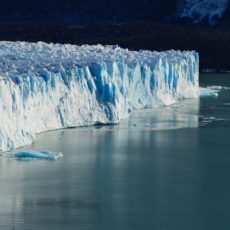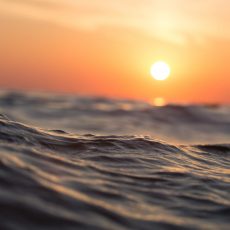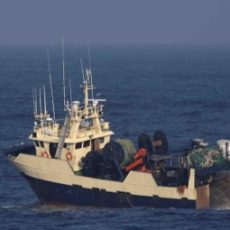Have you ever heard the expression “the lungs of the earth”? Have you wondered, does our Earth really have lungs? Where does our oxygen come from?
Read moreOceans
What You Need to Know About Kelp Forest Collapse and Carbon Sequestration

Kelp forests are an invaluable natural resource that sequester carbon, protect our shores, and support marine biodiversity.
Read moreMitigating Climate Change: It Starts With Better Ocean Data

A molecule of CO2 emitted in India or China has the same effect on the climate system as a molecule emitted in the United States. No matter where we are, climate change affects us all the same.
Read moreThe Great Barrier Reef and Climate Change

The Great Barrier Reef is located in the Coral Sea, off the coast of Queensland, Australia and can be seen from outer space. It is the world’s biggest single structure made by living organisms, composed of over 2,900 individual reefs and 900 islands stretching for over 2,300 kilometers (1,400 mi) over an area of approximately 344,400 square kilometers (133,000 sq mi).
Read moreOceans and Carbon Sequestration

Today, we’re taking a look at the ocean and why it’s so important to sustaining human life. Off the top of our noggins, half the oxygen we breathe comes from plankton in our oceans, 15% of our global diet is from seafood, and the ocean helps to regulate our climate through carbon sequestration. Phew!
Read moreOur Warming Waters – devastating for so many reasons!

When we think about global warming, our first thought is usually about heat trapped in the atmosphere by greenhouse gases. But the phenomenon of global warming, one of the major symptoms of climate change, is also causing the warming of our oceans. A while ago we explored the rising sea levels — and touched on the reasons and expected impacts. But it’s time to wade deeper into the health of our oceans.
Read moreShrimp wrapped instead of shrink wrapped?

When you think about prawn laksa, you probably don’t automatically start picturing the discarded prawn shell wrapped around another food item. But some scientists (and a teen from Australia) have been thinking just that!
Plastic is the environmental problem that just keeps on giving. But it can’t be disputed that it’s an incredibly handy material. So finding plastic alternatives which do the same useful tasks but don’t pollute our waterways (or bellies, after it’s been ingested by fish first), is high on the lists of people trying to help save the planet.
Read moreSustainable Packaging: Sea Hive

Today, we’re talking with Kirsten Midura, Head of Operations at Sea Hive, an organization dedicated to fighting plastic waste before it enters our oceans. Sea Hive works with companies to help them choose plastic-free packaging for their products, and also offers information and educational materials on the plastic pollution problem facing the world today.
Read moreThe Rising Seas

Greenhouse gases are continuing to concentrate at an unprecedented rate in our atmosphere. The main culprits are carbon dioxide (CO2) and methane. By volume, CO2 is the most common greenhouse gas in our atmosphere, accounting for over
Read moreBottom Trawler Fishing: a win for marine life! (Or a lesson in greenwashing?)

The term ‘bottom trawler fishing’ is probably not immediately associated with positive environmental outcomes. In fact, only one Ecosia search (our preferred search engine, as they facilitate planting trees) turns up plenty of scientific papers and opinion
Read more